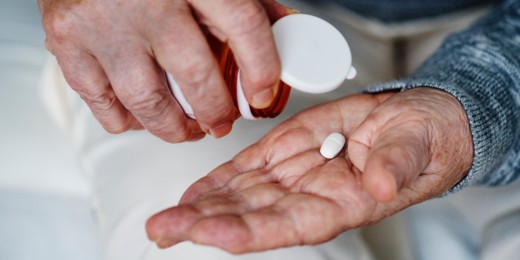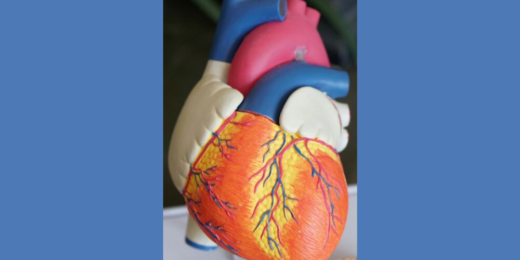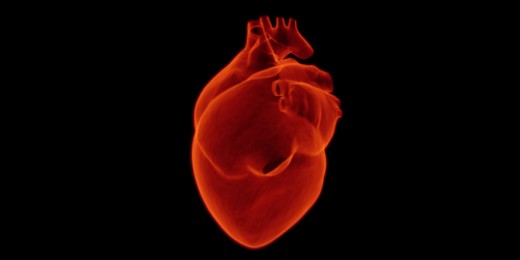In the final installment of the Demystifying Heart Failure series, physician Randall Stafford and graduate student Min Joo Kim explain how heart failure can be treated and managed.
Category: Cardiology
Demystifying Heart Failure: Medications as a key part of treatment
In this seventh post in the Demystifying Heart Failure series, physician Randall Stafford and graduate student Min Joo Kim outline key medications.
Demystifying Heart Failure: Exercise is A-OK
This post, the sixth in the series, examines the benefits of activity for heart failure patients and provides some suggestions for exercising safely.
Demystifying Heart Failure: “Hold the salt” and other healthy eating habits
This installment in the Demystifying Heart Failure series provides dietary guidance for those with heart failure as well as for those hoping to prevent it.
Demystifying Heart Failure: Why does it develop?
In the fourth post in the Demystifying Heart Failure series, physician Randall Stafford and colleagues explain why the condition develops.
“Turning down the volume” of a faulty gene in heart disease
Scientists at Stanford use a gene therapy technique, called RNA silencing, to treat a heart condition called restrictive cardiomyopathy in mice.
Demystifying Heart Failure: Understanding the different types
This third installment in the Demystifying Heart Failure series explains two primary types of heart failure and introduces Mr. F, a heart failure patient.
Demystifying Heart Failure: Clearing up misconceptions
The second post in the Demystifying Heart Failure series, co-authored by cardiologist Fatima Rodriguez, addresses misconceptions about heart failure.
A spray-on gel may help prevent internal scar tissue
Stanford researchers discover a gel that, when applied to animal hearts, vastly reduces the formation of adhesions, scar tissue that cause complications.
Demystifying Heart Failure: A treatable chronic disease
This post is the first in a series examining heart failure written by graduate student Min Joo Kim and physician-researcher Randall Stafford.
Aspirin for prevention: Should you take it?
In this final piece on aspirin for prevention of heart attack and stroke, Randall Stafford explains factors for doctors and patients to consider.
Aspirin for prevention: Know your risk of heart attack or stroke
In this installment of "Aspirin for prevention," physician-researcher Randall Stafford provides tips to calculate the risk of heart disease or stroke, to inform decisions about taking aspirin preventatively.
Aspirin for prevention: A look at the potential benefits and risks
This is the first in a series of three blog posts on aspirin for prevention. It clarifies the potential benefits and harms of aspirin use.
Families of young heart donor and recipient meet for the first time
Hana Yago got a new heart from an organ donor when she was a toddler. Last month, she and her parents met the young donor's family for the first time.
Social-network-like gene connections identified in heart failure
As a freshly minted undergraduate, Kristin Reese had a strange side hustle. With her trusty ice chest, Reese helped collect donor hearts for a research …
E-cigarette flavors may boost risk of heart disease
E-cigarette flavorings are harmful to blood vessel cells even in the absence of nicotine. The flavors of cinnamon and menthol are particularly dangerous.
















